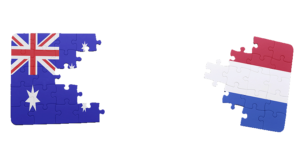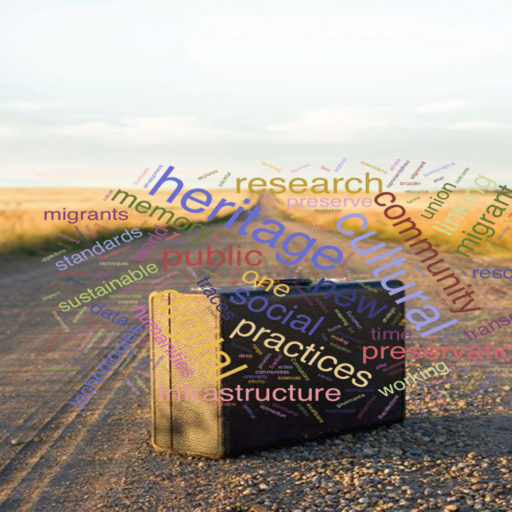
Migrating people leave behind paper traces in local, state and national, sight and sound archives in both their countries of departure and destination. In the Migrant Mobilities and Connection project we have been working on methodologies for structurally connecting the information for Dutch-Australian migrants from 1945-1992 as a use case. We work on an aggregative representation that includes the many different perspectives that together constitute the migrant experience.
In the Dutch-Australian case the post war migration registration systems can play this pivotal role in connecting different types of information, ranging from personal files and stories to policy files and propaganda and including archive files, private collections, newspapers, books, photos, moving images and sound, as well as digital communication such as Facebook and Instagram groups. In 2011 the National Archives and the Huygens Institute decided to digitize the 525.000 migrant registration cards that the Dutch department of Foreign Affairs handed over to the National Archives The Hague in 2006 in a joint effort.
These migrant cards were made by the Dutch emigration services in the Netherlands and travelled to Australia with the migrant application files, which served as input for the Australian immigration authorities. Subsequently these cards were repurposed by mainly the emigration attaches that were positioned at the Dutch consulates in Australia to support the migrants in their new home country.

Schematic route of the migrant cards in the different stages of migration
The different stages are all visible on the cards, as is schematically shown below. The front of the cards was (primarily) filled in before migration, and the back of the cards after migration. These texts illustrate issues as employment, housing, or social assistance.

Stages visible on the registration card fronts and card backs
In the online exhibition we show in the cases of Frances Larder and Elly Spillekom how these cards and files enrich the interview, a family film and photographs in the family album once they are digitized. In the case of Johnny Young, we show how these cards can make other Dutch migrants who travelled on the same boat more visible in the collections than before. In a later stage we also hope to make clear how these private collections or oral histories can enrich policy files in archives used by researchers. The long-term advantage of this online process and presence is the possibility to keep adding more information to stories into perpetuity thus showing the migrant experience from all kinds of perspectives.
